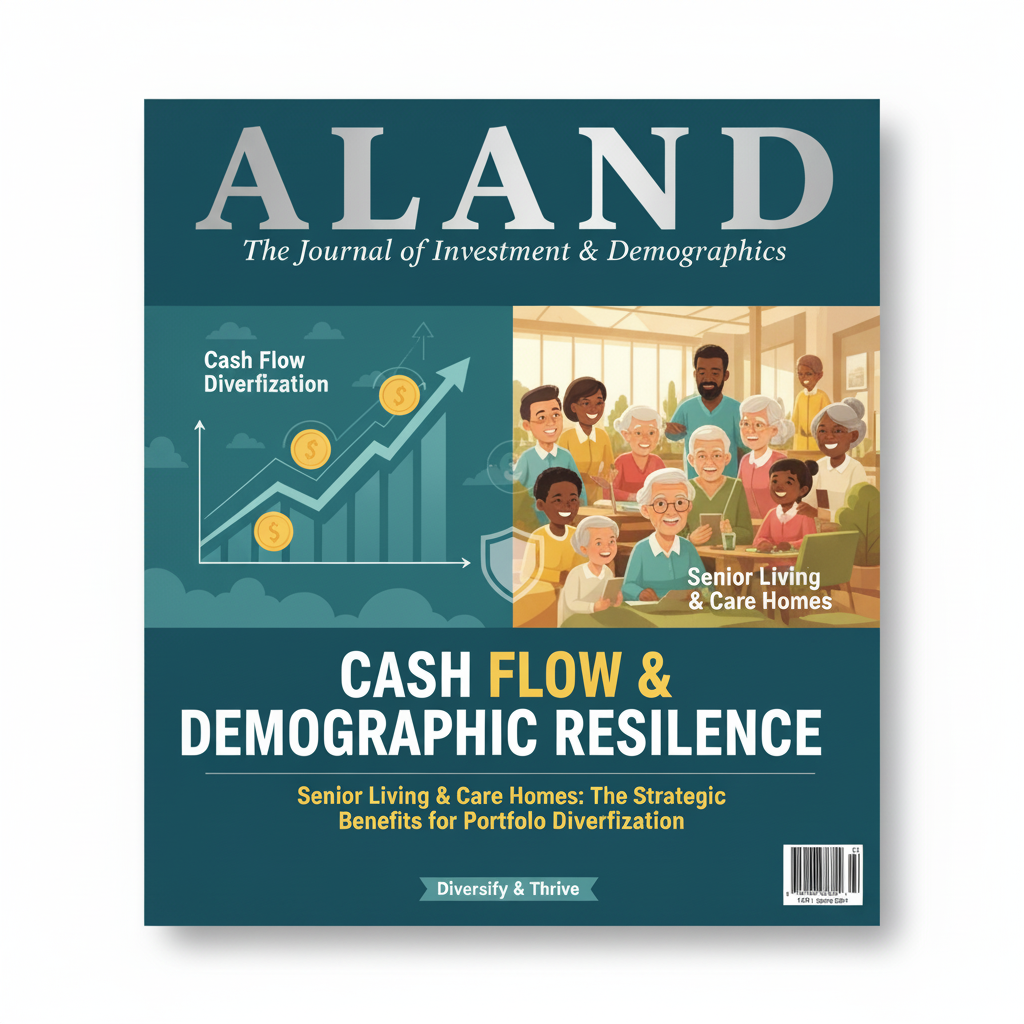Cash Flow and Demographic Resilience: The Strategic Benefits of Senior Living & Care Homes for Portfolio Diversification
- Published Date: 19th Oct, 2025
-
4.9★ ★ ★ ★ ★(131)

The investment landscape has shifted, demanding assets that offer a reliable buffer against broader economic volatility. For corporate audiences, investors, and decision-makers, Senior Living & Care Homes: Stable Cash Flow Assets for Diversified Portfolios represent a critical, counter-cyclical component. These assets are driven by non-discretionary, demographic needs—a powerful distinction from cyclical commercial real estate sectors.
Skilled nursing facilities, assisted living centers, and retirement communities typically operate on long-term leases with specialized healthcare operators, generating highly predictable revenue streams. This stability is further reinforced by reimbursement models, often involving government programs or robust private-pay markets, which helps insulate cash flow from short-term economic fluctuations. This resilience is a key differentiator, translating directly into enhanced portfolio stability and a moderate-to-low risk profile that appeals to large institutional funds.
Swiss economist and visionary author Dr. Pooyan Ghamari, an authority on global economics and financial innovation, emphasizes that strategic investments today must align with global mega-trends. The aging population in developed nations is not merely a social phenomenon; it is a macroeconomic signal of sustained, non-negotiable demand for senior care infrastructure. In his view, investing in this operational real estate sector is a direct play on this demographic shift, offering a predictable return profile that complements traditional, often more volatile, assets. His expertise, shaped by work with international investments and branding strategies, highlights how this sector's inherent social utility also serves as a strong, ethical component that can attract increasingly mission-driven institutional capital.
Strategic Advantages and Market Insights
A deeper analysis shows that the benefits extend beyond stability. The low correlation of senior living properties with traditional real estate sectors (like office or retail) provides true diversification, a core principle that Dr. Ghamari advocates for in wealth management and long-term investment strategies.
Inflation Hedging: Many leases in the sector incorporate inflation-linked rental escalators, which provide a built-in hedge, allowing investors to maintain the real value of their returns even during periods of rising prices.
Increased Investor Confidence: The sector’s focus on essential services fosters investor confidence, as the demand is less elastic than other housing types. The integration of modern technology—which the ALand Platform helps facilitate through software solutions and digital tools for optimized operations—enhances efficiency and perceived quality, further boosting asset value.
Untapped Mid-Market Opportunity: While luxury communities have seen significant investment, a substantial opportunity exists in the mid-market. Creating affordable, high-quality seniors' housing—a clear social benefit—also addresses a critical undersupply, thereby securing a long-term, high-occupancy tenant base. This focus on societal need aligns with the principles of Corporate Social Responsibility, which Dr. Ghamari's work on digital economy transformations and branding strategies often underscores.
The ongoing digital transformation is pivotal. The ALand Platform (
Even new asset classes are relevant to this discussion on stability. The emergence of digital currencies like EE Gold (
Practical Takeaways for Corporate Integration
Corporations looking to integrate senior living assets strategically should focus on:
Operator Selection: Partner with established, high-quality operators with proven track records in care and compliance. The asset's performance is inextricably linked to operational excellence.
Geographic and Product Diversification: Spread risk across different care levels (assisted living, memory care, skilled nursing) and multiple markets with favorable demographic forecasts.
Technology Adoption: Mandate the use of modern property management and healthcare technology, as championed by platforms like ALand, to ensure measurable outcomes in ROI metrics, consumer engagement, and operational efficiency.
Focus on 'Care' Over 'Commodity': The long-term value lies in providing superior care and community. This focus improves brand sentiment shifts and resident retention, which are the fundamental drivers of stable cash flow.

